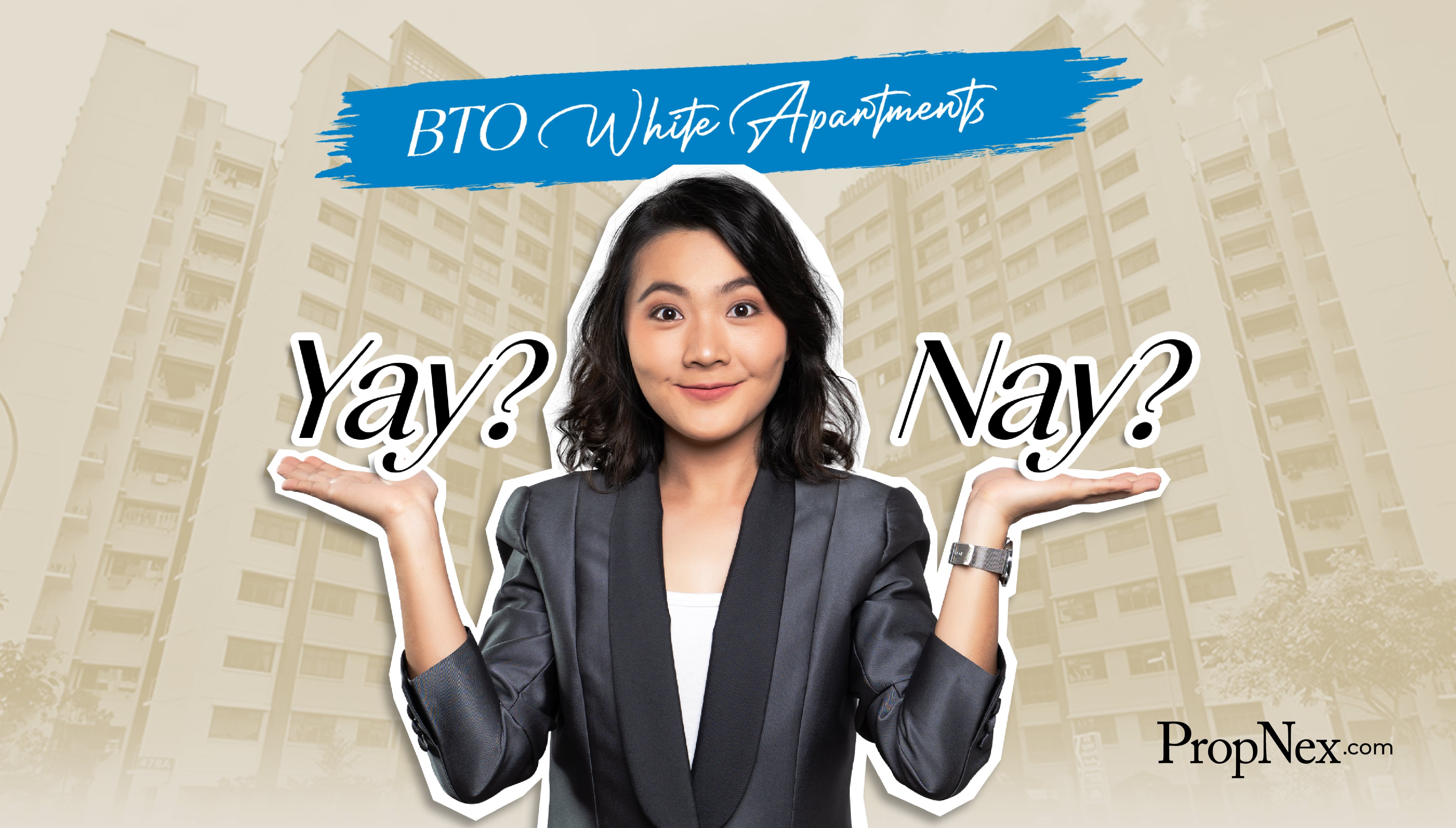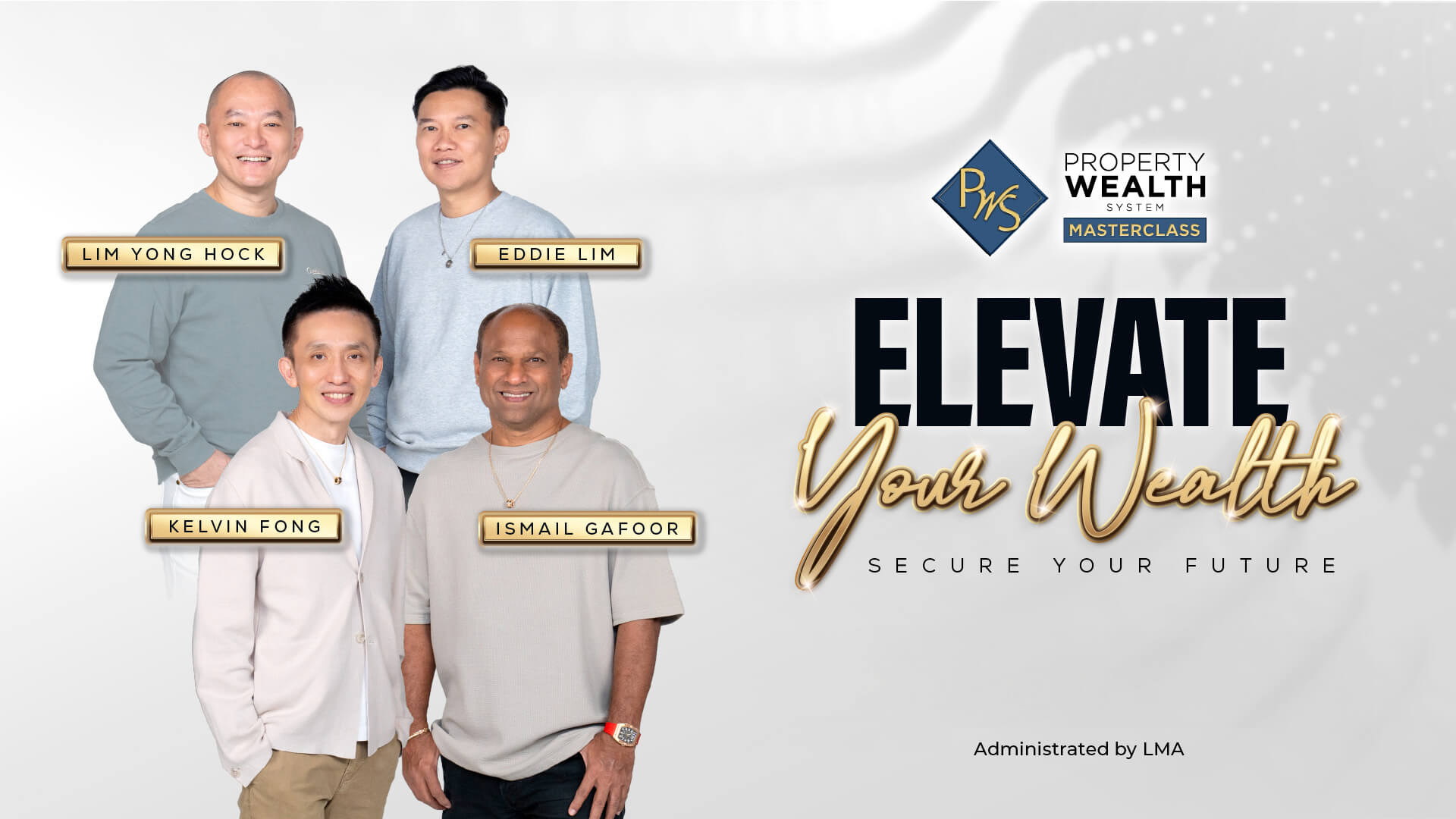BTO White Apartments: Yay Or Nay?


Nobody will say no to having more liveable space. In a nation like Singapore where land is scarce, every little bit of space is crucial. Homes, whether HDB or private, are generally smaller as compared to past home designs. As such, open-concept homes have been a popular interior design concept for many years.
Not only does it make a modest space appear larger, but it also helps to facilitate group activities, such as hangout, chill, and games sessions, making the house ideal for entertaining guests. In fact, such designs are well-sought-after by millennials.
As a millennial myself, I want to live in a space that is both functional yet flexible. For me, my dream home is not just about looking good but also one that value-adds to my lifestyle. While I cannot speak on behalf of every millennial, one thing we can all agree on is that space is quintessential. Most millennials have differing POV from the generations before. Most of my friends plan not to have children, or if they plan to have, stick to just one. As such, having a bigger living space is preferred over having additional rooms.
HDB has recently announced a new generation of BTO apartments called 'white apartments', which are HDB apartments that do not have any beams and partitions, creating an open-concept living space.
Source: HDB - Artist Impression
These apartments, which will be part of a new project in Kallang-Whampoa launched in October this year, were welcomed by many Singaporeans, especially young couples looking to purchase their first home.
Why are open-concept designs popular among millennials?
Let us put in simply that if you are born between 1981 and 1996, you are considered a millennial. As a generation that has witnessed the shift in technology and economy, we have been instilled in us a sense of adaptability and functionality.
This perspective is also then translated into our home designs. Most millennials gravitate towards a minimalistic design, focusing on functionality and favouring uncluttered spaces and clean lines. In combination with having a neutral-coloured theme throughout the house, our idea of a perfect home reflects our desire for a calm and practical environment.
To give you a clearer picture of why it is such a popular design, let us take a memory lane down the evolution of 4-room HDBs in Toa Payoh. While they do not speak for other 4-bedroom apartments in Singapore, it may give you a better understanding of how our houses have evolved over the years.
Source: Straits Times
It is undeniable that the size of HDBs have generally gotten smaller over the years. However, their size has remained roughly the same since the 2000s. That being said, we can see a clear difference in living room size, with it being significantly smaller.
Studies have shown that the configuration of rooms have changed due to several reasons. Firstly, households are getting smaller as more and more Singaporeans are choosing not to have children or stopping at one child. Secondly, families are not cooking as often. Hence, there is no need to have sizable living, dining, and kitchen space. Lastly, which is my personal opinion, is that most Singaporeans are not spending as much time at home. Rather, their home is a place to rest and relax. Hence, from the graphic above, we can see that master bedroom space is prioritised.
What are the BTO white apartments all about?
The BTO project will be located near Lavender MRT station at the corner of Crawford Street and North Bridge Road, and will consist of 230 4-room and 80 3-room apartments. Singaporeans eyeing this project will have the option to opt for a white apartment layout, meaning that if you can still opt for the typical 3- or 4-room apartment with walls.
Source: MND Singapore
So, are these white apartments a yay or nay?
Before sharing my opinions, let us take a quick look at some of the pros and cons of purchasing a white apartment, whether at this upcoming project or at future projects.
Pros:
- Incredibly flexible and customisable: For young couples and those with children, having the option to purchase a white apartment means having a bigger space for children and guests to enjoy themselves yet have the opportunity to reconfigure with the changing needs whenever necessary.
- Renovation affordability: The average cost of knocking down a wall can cost anywhere from $1,500 to $3,000, depending on how complex the hacking process is. The more walls you want to hack, the more costly your renovation project will get. Purchasing a white BTO apartment means that homeowners who are thinking of opening up their space do not have to spend on that renovation aspect, saving significant cost.
Cons:
- Lack of private space: The white apartments essentially combine the bedrooms and living room together. While it definitely will help to remove the possibility of wasted spaces, it also means that you lose the privacy in your bedrooms. It is a concept that is suitable for specific demographics, such as dual-income couples who do not wish to have kids.
- Potential upward renovation costs: A white apartment is a double-edged sword in terms of renovation. While it will help to save hacking cost, it might lead to a higher renovation cost if you want to build up partition walls in the future. The average cost of building up a partition wall can cost anywhere from $900 to $7,600, depending on the task intricacy, wall surface dimension, and wall material. For example, if you want to get a rock wall surface, it can set you back anywhere from $2,000 to $7,500. That does not include the additional cost of installing lighting, air-conditioning, door frame and door to create a conducive room. It costs more to add a room than to remove one.
- Affect future resale value: While an open-concept apartment makes the space much spacious, it can be more disadvantageous than advantageous for selling in the future. Future buyers that are looking to purchase a 3- or 4-room apartment want a house that has two or three bedrooms. Having a space that combines the bedrooms and living room means more potential renovation needed, which might lead to a lower resale value so as to target more buyers.
Other pros and cons include feeling less cramped up and enjoying more natural light. However, that could also mean not being able to contain noise and cooking fumes well and fewer power sockets due to the lack of partition walls.
The whole point of introducing these white apartments to Singaporeans is to make housing even more affordable by alleviating part of the stress and costs of designing and renovation. Potential buyers of such apartments have to be aware that highly personalised renovations may lead to the possibility of lowering your asking price in the future, should you want to sell the apartment.
So, is it a yay or nay? It all boils down to your personal preference. Before you jump the gun and get a white apartment, we recommend that you consider your future plans. If you intend to start a family and will have to build private spaces in the future, you can avoid the exorbitant cost of future renovation by not going for white apartments.
While the whole 'blank canvas' certainly sounds enticing, I am not too sure on the whole wall-less design. I still value my privacy, and looking at the current upward trend of renovation costs, I personally cannot justify the cost should I decide to build up partition walls.
Source: Ministry of Social and Family Development
That being said, I see this new batch of apartments being popular among lifelong singles or young couples who do not plan on having children for life. With the current trend in household structure moving towards a single and childless one, I believe this new generation of BTO apartments might usher in a new generation of HDB homeowners. What do you think? Do you think that it is time that new private launches also adopt such a concept?
Views expressed in this article belong to the writer(s) and do not reflect PropNex's position. No part of this content may be reproduced, distributed, transmitted, displayed, published, or broadcast in any form or by any means without the prior written consent of PropNex.
For permission to use, reproduce, or distribute any content, please contact the Corporate Communications department. PropNex reserves the right to modify or update this disclaimer at any time without prior notice.












